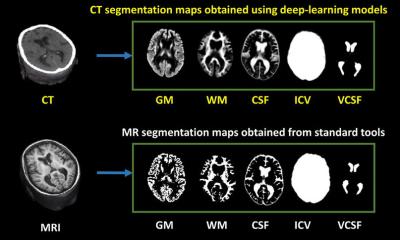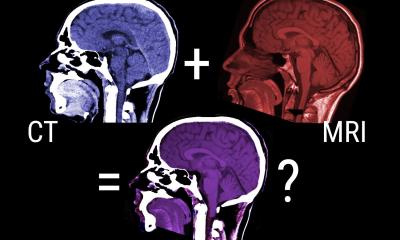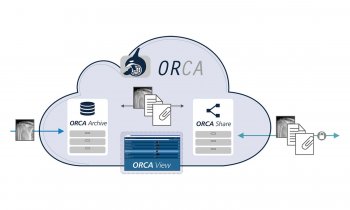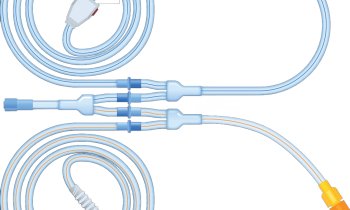Gadolinium MRI
Superior to contrast CT for evaluating some here-and-gone metastases
MRI enhanced with gadolinium ethoxybenzyl diethylenetriamine pentaacetic acid -the scan referred to as “EOB MRI” - is significantly better than contrast-enhanced CT for assessing colorectal liver metastases that disappear after chemotherapy, according to a study published online March 22 in Radiology.

Min Jung Park, MD, of Yonsei University in Seoul, South Korea, and co-authors describe their work reviewing the cases of 87 patients across eight hospitals who had at least one such metastasis that later disappeared on contrast-enhanced CT scans after chemotherapy and who subsequently underwent surgery for the metastases.
They anonymized the imaging data and radiology reports, then had four radiologists independently review the diagnostic materials.
Defining true absence of tumor as pathologic absence of tumor for resected lesions and no in situ recurrence within one year after surgery for lesions left unresected at each three-month follow-up contrast-enhanced CT, they found:
Among 393 colorectal liver metastases, the positive predictive value for absence of tumor on EOB MR images was significantly higher than that on contrast-enhanced CT scans—78.0 percent for the former vs. 35.2 percent for the latter.
At one year, disappearing liver metastasis on EOB MR imaging left in place without resection had much lower risk of recurrence (6.3 percent; one of 16 lesions) than that on CT imaging (31.4 percent; 11 of 35 lesions).
The positive predictive value for residual tumor on the CT scans was higher than that on EOB MR images, but not to a statistically significant degree.
In their discussion, the authors recommend that, after chemotherapy, colorectal metastasis “should be evaluated with EOB MR imaging rather than contrast-enhanced CT imaging, particularly when considering hepatic resection.”
EOB MR imaging “is more helpful than CT imaging in helping to solve dilemmas of whether disappearing lesions should be included in resections or left in place, especially when hepatic resectability is affected by a particular lesion,” they write.
Source: Dave Pearson, Health Imaging
29.03.2017











